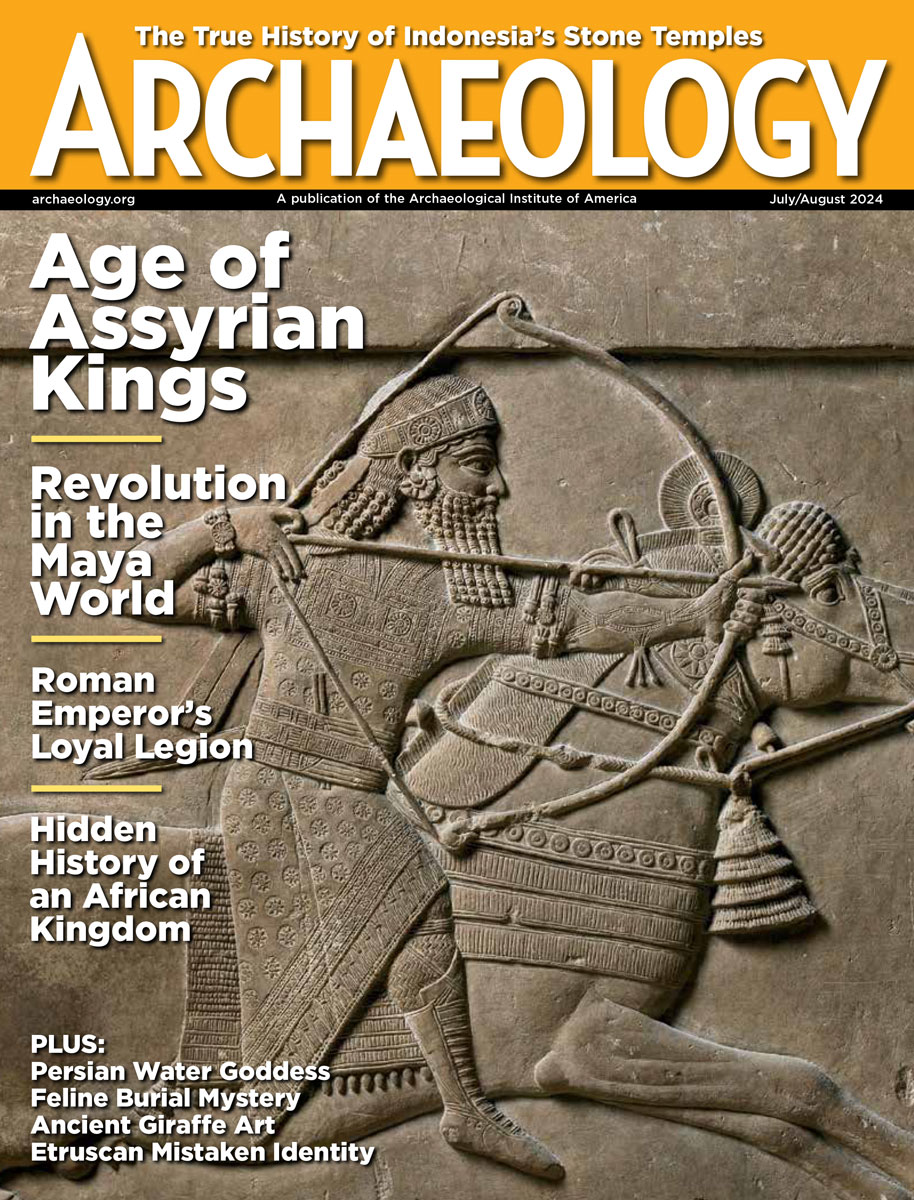Wednesday, January 21
January 21, 2009
Analysis of the shape of the “Hobbit” skull has led Karen Baab of the Department of Anatomical Sciences at Stony Brook University to conclude that Homo floresiensis is a new species. She and her team suggest that the Hobbit was most likely a descendant of a species of archaic Homo in the online edition of the Journal of Human Evolution.
The construction of the fence along the U.S./Mexican border in Arizona revealed a prehistoric village of more than 20 pit houses, thermal pits, storage pits, five dog burials, and 69 human burials. Â
Here’s a photograph of the rain-damaged Nazca Lines in Peru. Archaeologist Mario Olaechea of the National Institute of Culture says that the damage can be repaired. Â
After a disappointing day with their metal detectors, two men spotted several mosaic tiles in a freshly plowed field near their village in the Cotswolds, England. “We revealed the leg of an animal and the bit we uncovered was not damaged at all. We didn’t go any further because we are not professional archaeologists,” explained one of the men. Â
Metal detector enthusiasts have found so many artifacts in Norfolk, England, that the local museums cannot afford to purchase all of them. “There is a finite amount of this material and it is essential that we acquire a representative selection of these objects,” said John Davies, chief curator and keeper of archaeology at Norfolk Museums and Archaeology Service. Â
China wants two eighteenth-century bronze animal heads removed from the Christie’s auction of deceased fashion designer Yves Saint Laurent’s art collection. The two sculptures decorated the gardens of the Imperial Summer Palace in Beijing until they were stolen in 1860 by Lord Elgin.
- Comments Off on Wednesday, January 21









